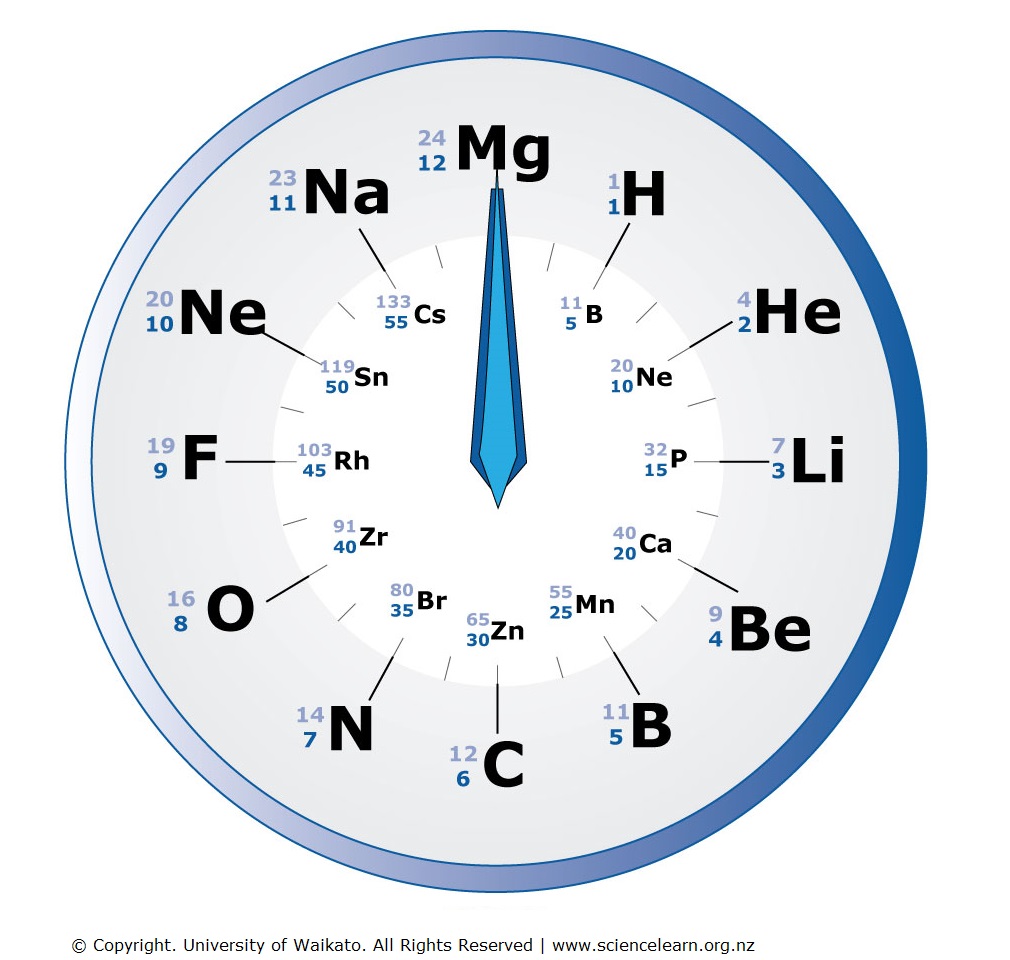Atomic clocks, the epitome of precision timekeeping, have revolutionized our understanding of time measurement and its application across various scientific fields. Often regarded as the gold standard in timekeeping, these sophisticated instruments raise a curious question: What is the average lifespan of an atomic clock? As we delve into the intricacies of this question, we will explore the principles of atomic timekeeping, factors influencing longevity, and the technological advancements that sustain their evolution.
At their core, atomic clocks operate on the principle of atomic resonance. They measure the vibrations of atoms—typically cesium or rubidium—under immense precision. These vibrations occur at incredibly stable frequencies, allowing these clocks to maintain accuracy within a few billionths of a second. But while their design is robust and precise, what governs the longevity of these intricate devices?
On average, atomic clocks can function effectively for several decades. However, this does not imply an unchanging operational capacity throughout their lifespan. Factors such as environmental conditions, component degradation, and technological obsolescence play pivotal roles in determining an atomic clock’s functional lifespan.
Environmental conditions are paramount. Atomic clocks are generally sensitive to fluctuations in temperature, humidity, and atmospheric pressure. Modern atomic clocks are typically housed in controlled environments to mitigate these effects, yet, over the decades, exposure to varying conditions can lead to the degradation of crucial components. Despite encasing them in protective materials, the internal mechanisms still require ongoing maintenance to preserve their performance and accuracy.
The physical components of atomic clocks themselves are subject to wear and tear. For instance, certain electronic parts may suffer from fatigue or corrosion over time. Moreover, the lasers or microwave cavities used in the measurement process may degrade, thereby impacting the overall precision. Periodic recalibration is essential to ensure that these devices remain aligned with the International System of Units (SI), which relies on the consistency of atomic timekeeping standards.
Beyond physical longevity, there is a question of technological evolution. The field of atomic clock technology is formlessly dynamic, with advancements emerging at an astonishing rate. New methods, such as optical lattice clocks, utilize lasers to trap atoms, achieving unprecedented levels of precision. In this context, older models risk obsolescence, not because they cease to function, but due to competition from more sophisticated designs. Thus, while an atomic clock may last several decades, its relevance and utility may be eclipsed by newer technologies long before its mechanical components fail.
Interestingly, the life cycle of an atomic clock also entails the gradual phasing out of older standards. As atomic timekeeping technology evolves, newer standards supersede previous ones; for instance, clocks utilizing different isotopes or atoms may offer enhanced performance. This phenomenon invites the whimsical thought: Are we merely caregivers to these timekeepers until the next generation emerges?
Nevertheless, it’s pivotal to note that longevity does not merely equate to the simple passage of time. Maintenance regimes, updates, and environmental adaptations dramatically influence the efficacy of atomic clocks throughout their operational life. A well-maintained clock operated in stable conditions can far exceed its median lifespan, potentially delivering utility for 50 years or more.
Aside from lifespan, one must also consider the monumental implications of atomic clock longevity on the broader scientific community. The accuracy of Global Positioning System (GPS) satellites, telecommunications networks, and even fundamental scientific research relies heavily on atomic clock precision. A slightly inaccurate clock can have cascading effects across these systems, underlining the significance of their durability and continuous operational integrity.
Moreover, the potential for future advancements is tantalizing. As research into quantum technologies burgeons, atomic clocks may soon replicate their current performance levels in even more compact forms. These technological breakthroughs could reshape our understanding of time itself, potentially leading to a future where time perception becomes even more complex and nuanced.
In conclusion, while the average lifespan of an atomic clock hovers around several decades, many factors contribute to this timeline. Environmental influences, component lifespan, and technological advancements dictate not only the durability of these timekeeping marvels but their relevance in an ever-evolving landscape. As we ponder the longevity of atomic clocks, we are compelled to consider their role as custodians of precision in our scientific endeavors—a legacy that may soon give way to an new class of timekeeping technology.












